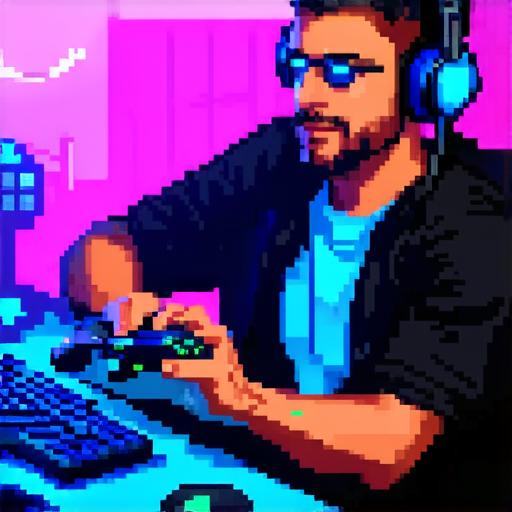The Power of Eye Movement
One of the key ways that video games can influence brain function is through the use of eye movement. Research has shown that when we are playing a game, our eyes move quickly from one object to another, constantly scanning the screen for information. This rapid eye movement (saccades) can have several effects on our cognitive processing.
Firstly, saccades have been linked to memory consolidation, the process by which new information is integrated into long-term memory storage. In a study published in the journal Neuroscience Letters, researchers found that participants who were given a task involving rapid eye movements performed better on subsequent memory tests than those who did not engage in the same task.
Additionally, saccades have also been shown to improve our visual attention and perception. A study published in the journal Perception found that participants who engaged in rapid eye movements while viewing a static image were more able to identify objects within the image than those who did not engage in saccades.
The Role of Hand Movement

While eye movement is important, hand movement also plays a key role in shaping our cognitive abilities and behavior. When we are playing a game, we use our hands to interact with virtual objects and characters. This physical interaction can have several effects on our brain function.
One study published in the journal PLOS ONE found that participants who played video games that required hand-eye coordination showed increased gray matter density in the prefrontal cortex, a region of the brain that is responsible for decision making and working memory. This increase in gray matter density was correlated with improved cognitive performance on tasks involving attention and perception.
Another study published in the journal Frontiers in Human Neuroscience found that hand-eye coordination training can lead to improvements in fine motor skills, such as dexterity and precision. The researchers also found that this improvement in fine motor skills was associated with changes in brain structure and function, particularly in areas related to attention and perception.
Case Studies: Real-Life Examples of Video Game Influence
There are many real-life examples of how video games can influence our brain function and behavior. One such example is the use of video games as a tool for rehabilitation and therapy. For instance, games like “Oculus Rift” have been used to treat conditions such as autism and anxiety by providing a virtual environment that can be customized to meet specific needs and goals.
Additionally, video games have also been used in the treatment of stroke victims. In a study published in the journal Stroke, researchers found that playing a game called “Action Video Game Therapy” (AVGT) can improve cognitive function and motor skills in patients who have experienced a stroke. The study found that AVGT led to significant improvements in attention, perception, and working memory, as well as fine motor skills such as dexterity and hand-eye coordination.
The Dark Side of Video Game Addiction
While video games can be highly engaging and have many positive effects on our brain function, they can also lead to addiction. Excessive gaming can cause negative changes in behavior, such as social isolation, sleep deprivation, and a lack of interest in other activities.
